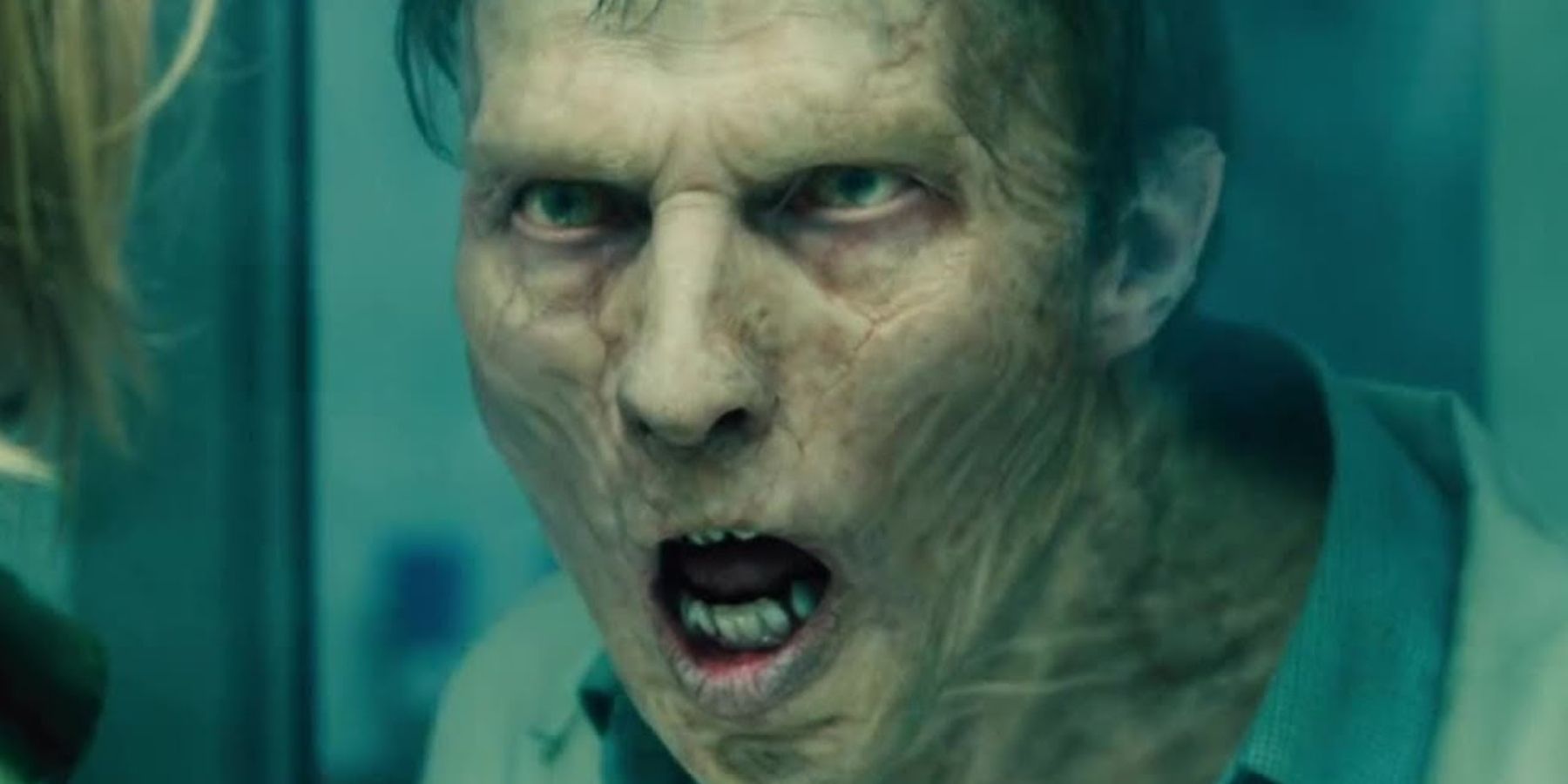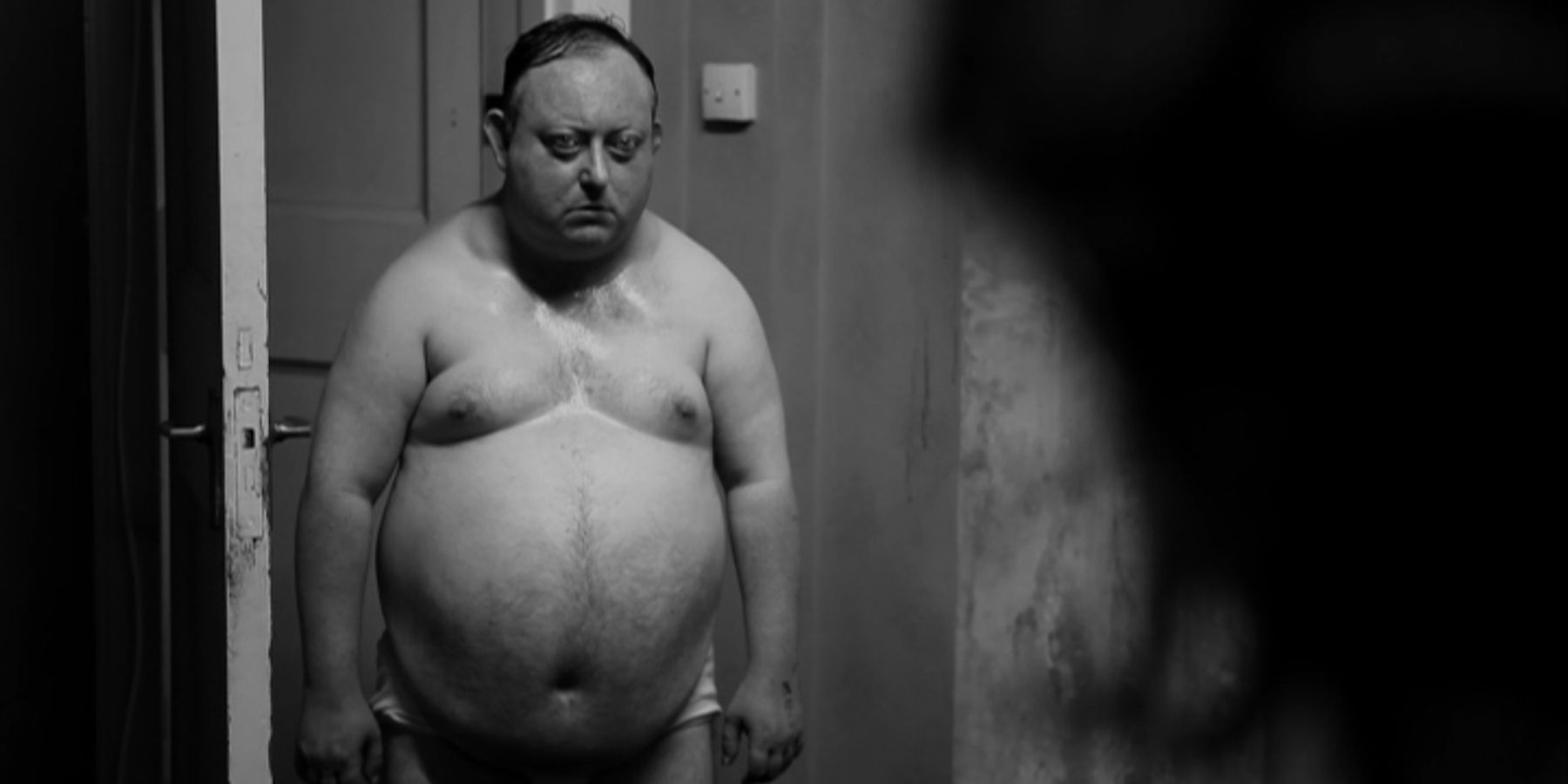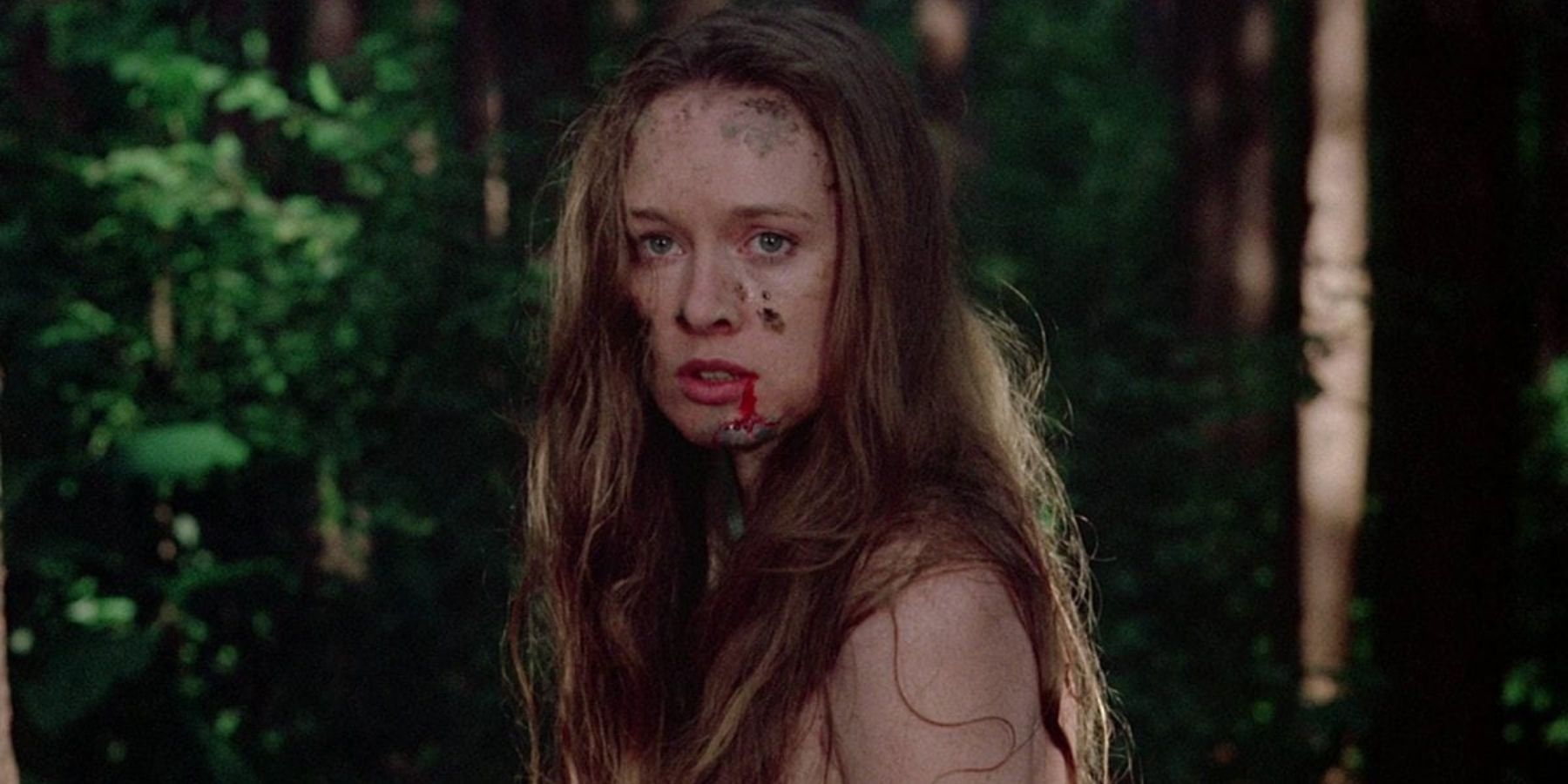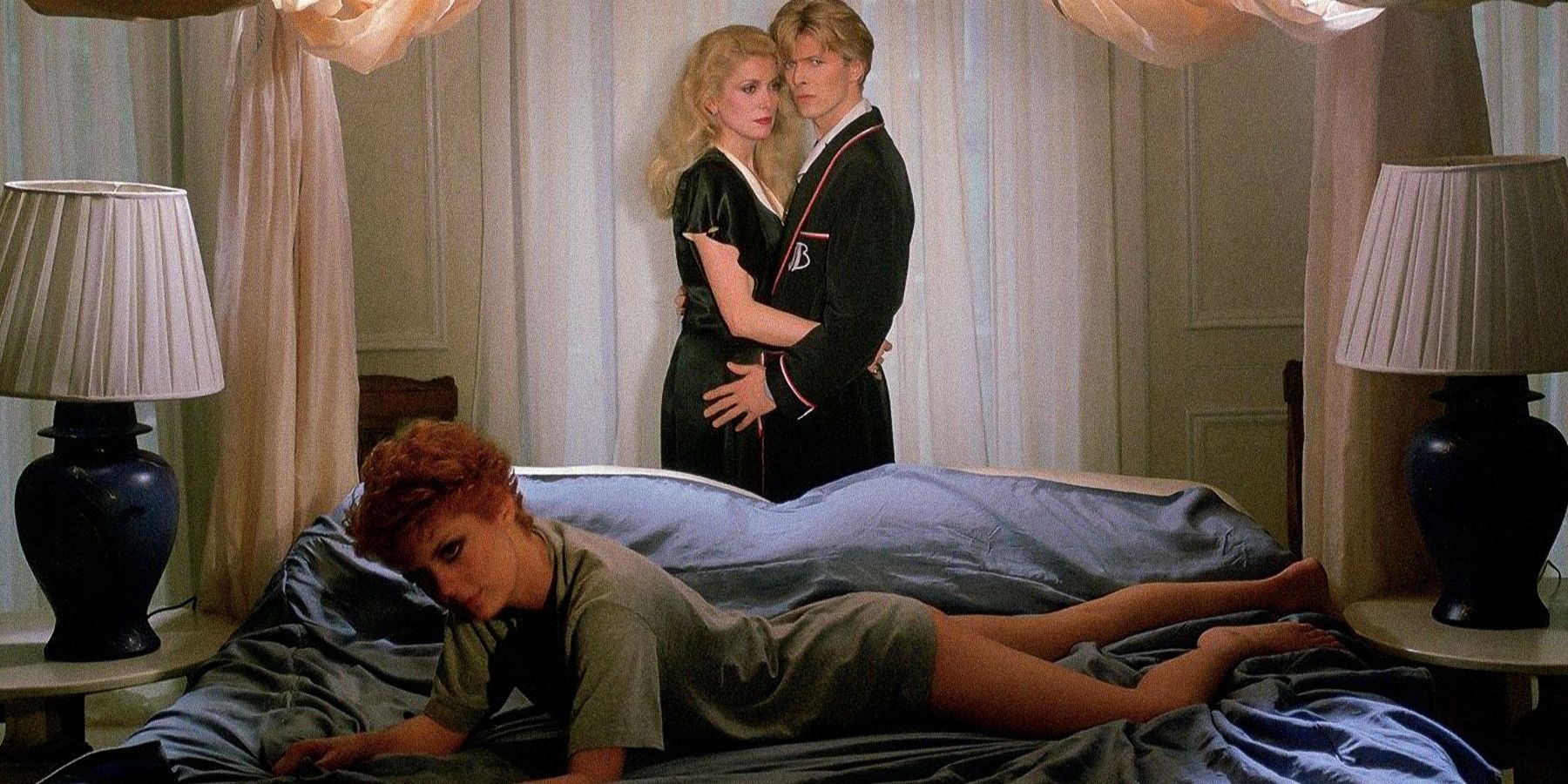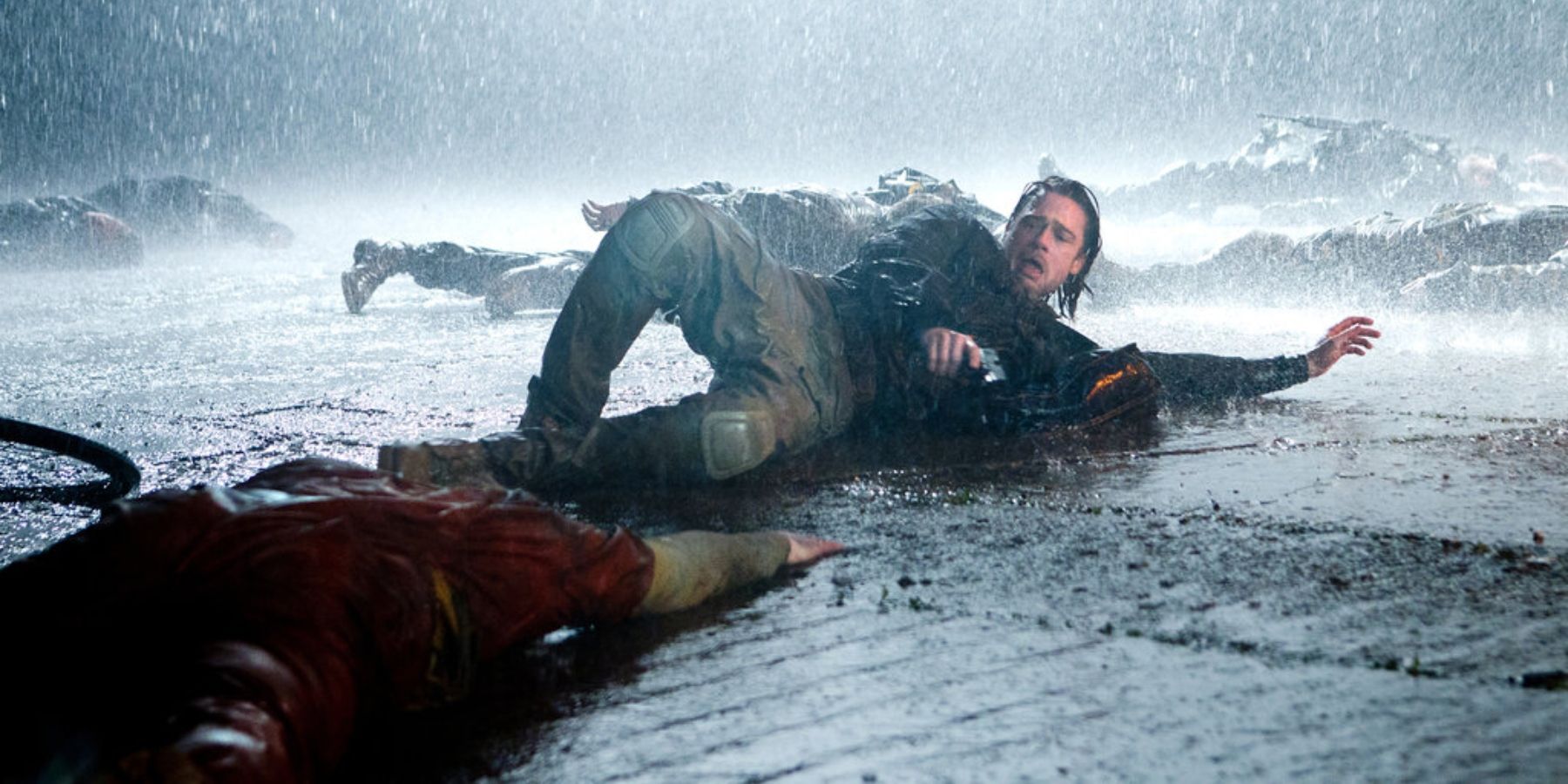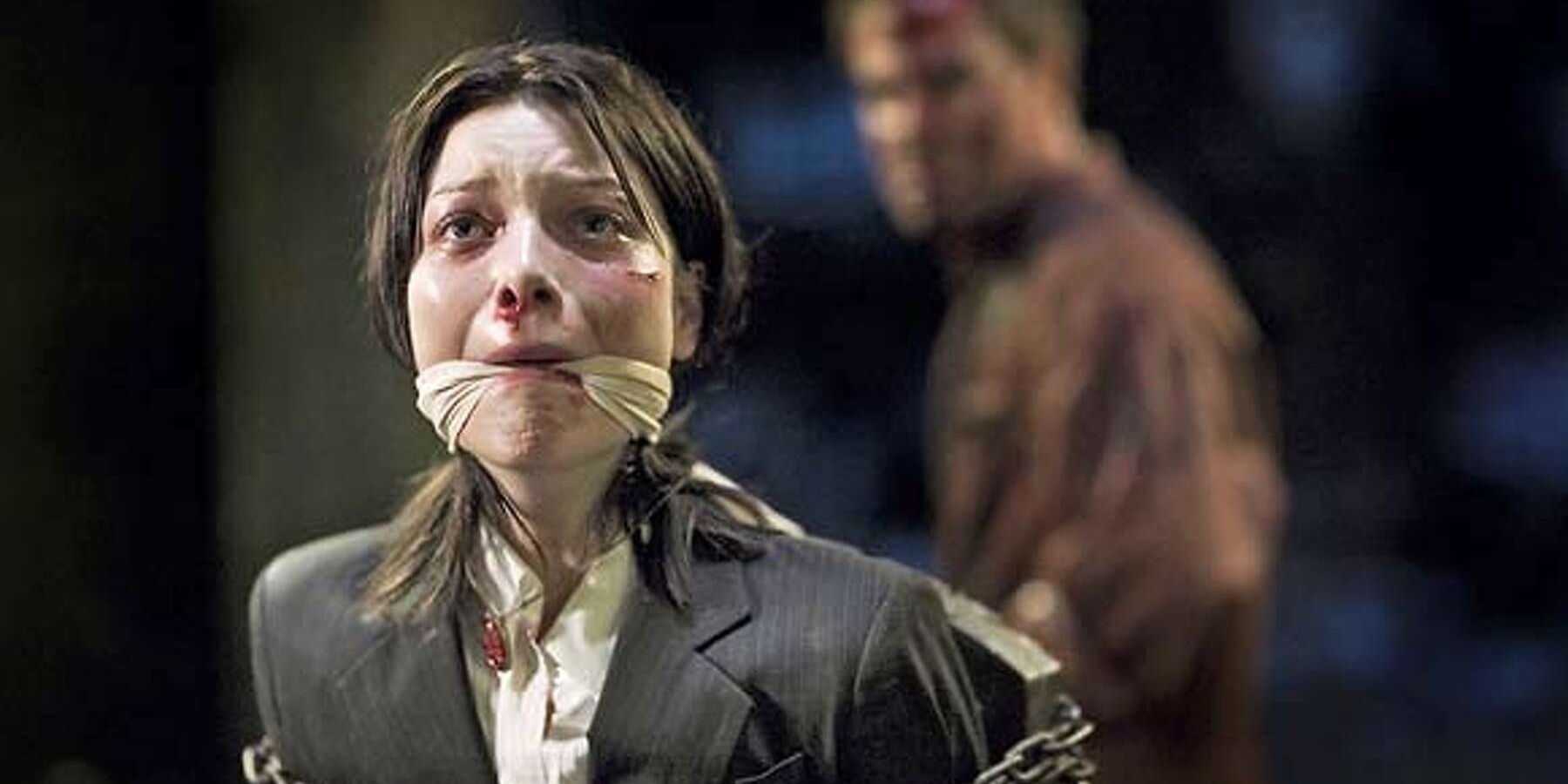Since the late 1800s, horror movies have been a popular means of seeking thrills. However, as the genre aged, horror films became gorier, more realistic, and downright more disturbing. While there is a relatively high tolerance in the U.S. for scary or graphic content in horror movies, other countries aren’t always so open to it. In fact, some horror films are considered too much or problematic, and as a result have been banned in other countries.
There are many reasons for these bans, ranging from how they represent the country, to prioritizing mental health of citizens. In some extremes, it’s used for control. There is much debate on the topic of banning any medium of art because, from one perspective, it is controlling information. However, from the other perspective, it is a way to protect people from traumatic content that could have lasting effects on mental health and crime rates. Because of this, some places regularly use bans on certain mediums, and some that prefer not to use bans use restrictions on information at all. Here are five notable horror films that are banned in different countries.
The Human Centipede II — In Australia
While Australia has had a much longer list of banned horror films in past years, today it still holds a decent sized list of scary movies that were deemed too inappropriate for any Australian citizen to view. In the past, the list included The Texas Chainsaw Massacre, The Chainsaw Massacre 2, The Last House on the Left, and several others; however, these films have since been accepted and the bans lifted.
The Human Centipede II was banned in 2011 for the crude visuals that it features, and for the excess of cruelty that makes up the plot line. In several other countries, it disturbed large numbers of viewers, and likely traumatized plenty of folks as it continued on the already nightmarish story set up in the first film. It’s not surprising that it made someone’s list of banned films.
I Spit on Your Grave — Australia, Canada, Germany, and Iceland
While this 1978 film is viewed by many as a tale of justice, the visuals and concepts that it includes can be extremely triggering to victims of sexual violence. The content that it covers is intense in more than one sense. The film follows a storyline that involves two of the most brutal acts of violence that can be enacted, making it a haunting watch for almost any viewer.
Because of the extremity of its content, several countries have banned this movie. In Iceland, this film was explicitly banned for the violence that it involved, but in Australia, Germany, and Canada, it was banned for a multitude of reasons – though, there were a few cities in Canada where it was shortly released, including Manitoba, Nova Scotia, and Quebec.
The Hunger — In Chile
This 1983 horror drama is perhaps best known for featuring iconic rock artist, David Bowie, who did a considerable amount of acting in the 70s, 80s and 90s. However, because of its plotline that involves dark arts, a relatively controlling love triangle, and blood consumption of victims, it was deemed inappropriate by Chile’s standards.
Only a few other horror films accompany it in Chile’s banned list including Cannibal Holocaust, The Beyond, and formerly, The Lawnmower Man.
World War Z — In China
What makes this particular film ban interesting is that it has less to do with the content of the film and more to do with who is a part of it. In fact, the reason this is banned technically comes down to an entirely different movie. That is the 1997 film Seven Years in Tibet, which stars Brad Pitt and explores a storyline where Chinese soldiers are essentially the bad guys. Not liking how this film portrayed Chinese soldiers, China banned Seven Years in Tibet and consequently, Brad Pitt and a couple of others associated with the film, simply because they had a hand in making it.
As a result, any of Pitt’s films aren’t allowed in the country, which in part explains why World War Z is banned. There is also the fact that the 2013 horror action film includes zombies, which China’s government disapproves of. Additionally, the 1931 Frankenstein movie is also banned in China, simply because the Chinese government views the storyline as being “unscientific” — despite the story being widely considered as science fiction, as well as horror.
Hostel: Part II — In Germany
As the country that easily has the longest list of banned horror films, it’s plain to see that the standard for Germany’s acceptance of scary movies is quite high. However, one horror movie that several people in other countries have seen that made their list is Hostel: Part II – particularly the uncut version, which doesn’t hold back anything. The content of this franchise is undeniably gruesome and disturbing, as the entire plot line is centered around torture and the sick individuals that are willing to risk anything for the chance to control and hurt others. With some of the stomach-churning and cringy scenes that this film features, it’s honestly surprising that more countries don’t have this film listed as banned.
Though the number of reasons why horror films might be banned often outweighs the number of films on the banned list, it certainly puts into perspective the potential results of the content we consume. Nonetheless, some of these horror films have significant messages and influences on the horror genre, or even pop culture, which makes them worthwhile for so many. So while the controversy around banning artistic content continues, weighing the themes of these films with the trauma they could possibly inflict, add an extra layer of intrigue to any movie.

